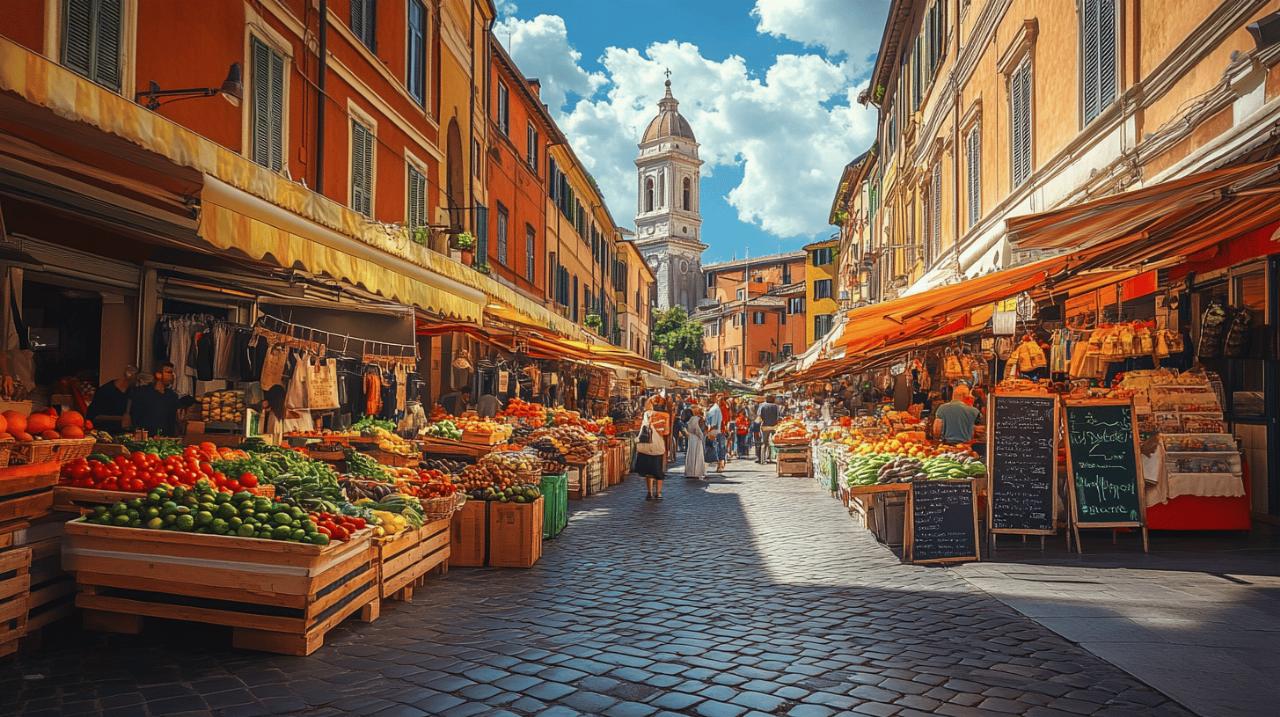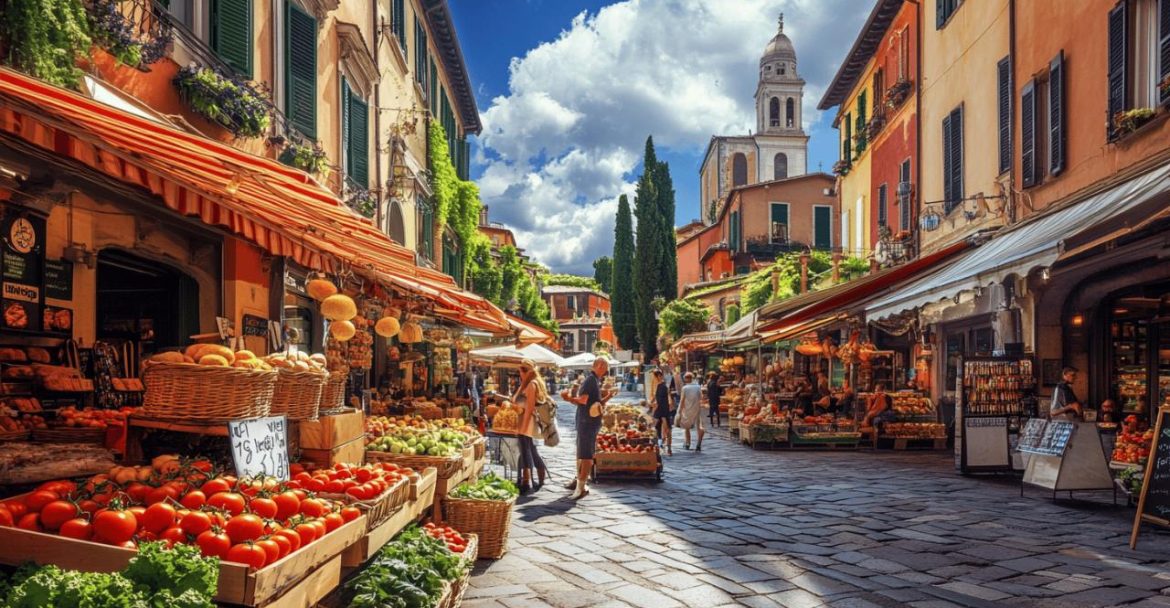Italy, a land of captivating contrasts, offers travellers an immersive experience through its storied past and vibrant present. From ancient ruins to Renaissance art, from coastal havens to alpine retreats, the country presents an endless tapestry of cultural and gastronomic delights waiting to be explored. Join us as we embark on a journey through this Mediterranean paradise that has enchanted visitors for centuries.
Unveiling italy's rich cultural heritage
Italy stands as a living museum, where every street corner tells a story of civilisations that have shaped the Western world. Eago Italia showcases these stories through its comprehensive guides to the cultural landmarks that define this remarkable country. The platform offers fascinating insights into Italian traditions, helping visitors understand the deeper significance of the sites they explore beyond mere sightseeing.
Ancient roman marvels and renaissance treasures
The cultural landscape of Italy is dominated by extraordinary ancient Roman structures that have withstood the test of time. The Colosseum and Roman Forum in Rome stand as testaments to the engineering prowess of an empire that once ruled much of the known world. Meanwhile, the preserved streets of Pompeii and Herculaneum offer an unparalleled glimpse into daily Roman life, frozen in time by the eruption of Mount Vesuvius. These archaeological wonders continue to fascinate historians and casual visitors alike.
The Renaissance period brought about a cultural rebirth that forever changed the course of art and architecture. The Cathedral of Santa Maria del Fiore in Florence, with its magnificent dome designed by Brunelleschi, represents one of humanity's greatest architectural achievements. Inside the Vatican City, the Sistine Chapel showcases Michelangelo's genius through its celestial ceiling frescoes. In Padua, the Scrovegni Chapel contains precious narrative paintings by Giotto that revolutionized Western art. With over 50 UNESCO World Heritage Sites scattered throughout the country, Italy offers an unrivaled concentration of cultural treasures.
Regional traditions and artistic masterpieces
Beyond the famous cities, Italy's cultural wealth extends into its diverse regions, each with distinctive traditions and artistic expressions. The Renaissance palace of Palazzo dei Diamanti in Ferrara features a unique diamond-pointed stone facade that reflects the artistic innovation of its time. In southern Italy, the Royal Palace of Caserta stands as one of the largest royal residences in the world, displaying the grandeur of Baroque architecture and design.
The Sassi di Matera, ancient cave dwellings carved into the mountainside, represent one of the oldest continuously inhabited settlements in history. Now revitalized as hotels, restaurants, and cultural spaces, they exemplify how Italy harmoniously blends preservation with modern functionality. In the fashion realm, Milan serves as a global epicenter of style, while Florence maintains its reputation for exceptional textiles and craftsmanship. The small town of Biella in the north has earned worldwide recognition for its superior wool and cashmere production, continuing centuries-old traditions of textile excellence.
Savouring the Delights of Italian Cuisine
 Italian cuisine represents far more than sustenance; it embodies a philosophy where quality ingredients, regional identity, and convivial dining create an experience that nourishes both body and soul. The gastronomic landscape of Italy varies dramatically from north to south, reflecting diverse climates, historical influences, and local traditions that have evolved over centuries.
Italian cuisine represents far more than sustenance; it embodies a philosophy where quality ingredients, regional identity, and convivial dining create an experience that nourishes both body and soul. The gastronomic landscape of Italy varies dramatically from north to south, reflecting diverse climates, historical influences, and local traditions that have evolved over centuries.
From pasta perfection to pizza paradise
The cornerstone of Italian cuisine must surely be pasta, which takes hundreds of forms across the country. Bologna proudly serves tagliatelle ribbons with its famous ragù alla Bolognese, a rich meat sauce that bears little resemblance to international interpretations. Romans prefer rigatoni tubes that capture their distinctive sauces to perfection. Each shape and sauce combination represents generations of culinary wisdom passed down through families.
The Italian approach to cheese production elevates simple milk into extraordinary creations through time-honored methods. Parmigiano Reggiano, produced in a strictly defined area spanning Parma, Reggio Emilia, Modena, and parts of Bologna, requires at least 24 months of aging to develop its complex crystalline texture and nutty flavor profile. This king of cheeses serves both as a standalone delicacy and a finishing touch for countless dishes. Similarly, the delicate sweetness of Prosciutto di Parma comes from a carefully controlled curing process that relies on nothing but pork, salt, air, and time.
Regional specialities and wine culture
The diversity of Italian regional cuisine offers endless discoveries for culinary explorers. Southern regions showcase influences from their Mediterranean neighbors, evident in dishes like Sicilian arancine, golden-fried rice balls filled with ragù, peas, and cheese. In Apulia, panzerotti present as crescent-shaped pockets of dough filled with tomato and mozzarella, then fried to crispy perfection. These handheld treats exemplify the Italian talent for transforming simple ingredients into memorable flavor experiences.
No discussion of Italian gastronomy would be complete without acknowledging its profound wine culture. The country boasts over 350 officially recognized grape varieties growing across diverse terroirs, from the Alpine foothills to sun-drenched Mediterranean islands. This viticultural heritage has produced legendary wine regions such as Tuscany, Piedmont, and Veneto, where centuries of knowledge inform sustainable growing practices and traditional winemaking techniques. The Italian approach to wine emphasizes its role as a complement to food, creating harmonious pairings that enhance both the meal and the conversation around the table.

